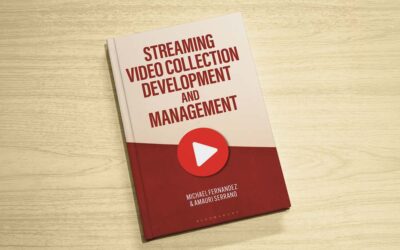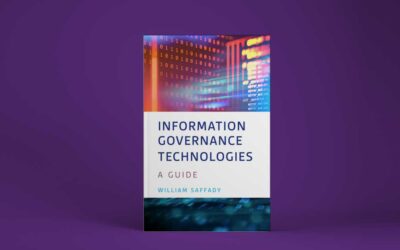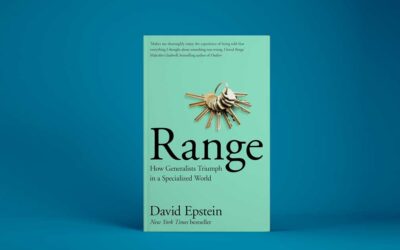How to Apply Adult Learning Theory in Special Libraries
Lauren Hays
My undergraduate degree is in secondary education, so I was able to pull from that knowledge and skill set when training and teaching responsibilities grew. However, I had studied the art of teaching teenagers—and the skills did not always translate well to working with professional adults. This knowledge gap led me to research how I could better instruct adults.
Adult Learning Theory
In my research, I quickly discovered Malcolm Knowles, who is considered the father of Andragogy, a theory of adult learning. Andragogy provides many insights into how to create environments that meet the needs of adult library users. There are several assumptions Malcom Knowles makes about adult learners:
- The need to know
Adults need to know why they need to learn something before undertaking to learn it. - The learner’s self-concept
Adults have a self-concept of being responsible for their own decisions, for their own lives. Once they have arrived at that self-concept, they develop a deep psychological need to be seen by others and treated by others as being capable of self-direction. - The role of the learner’s experience
Adults come into an educational activity with both a greater volume and a different quality of experience from that of youths. - Readiness to learn
Adults become ready to learn those things they need to know and be able to do in order to cope effectively with their real-life situations. - Orientation to learning
In contrast to children’s and youths’ subject-centered orientation to learning (at least in school), adults are life-centered (or task-centered or problem-centered) in their orientation to learning. - Motivation
Adults are responsive to some external motivators (better jobs, promotions, higher salaries, and the like), but the most potent motivators are internal pressures (the desire for increased job satisfaction, self-esteem, quality of life, and the like).
(Knowles, Holton, & Swanson, 2011, pp. 63-67)
Adult Learning in Special Libraries
Each of these assumptions helped me create more effective training and engage in more meaningful interactions with library users. When reading about the first assumption—The Need to Know—I quickly realized I had been conducting workshops on the library for new hires without explaining why the library was relevant to them. I made the unconscious assumption that new hires would understand why they’d need to access the resources in the library in order to do their job. However, many of them only realized their need for library resources a few months into the job. This meant I was often going over much of the same content with them again. Therefore, I changed tactics and added a section at the beginning of my presentation that explained why the library and its resources were relevant. To the extent possible, I tailored this section to the new hires’ roles and responsibilities (I obtained this information from Human Resources).
The second assumption—The Learner’s Self-Concept—helped me tailor my individual interactions with library users. Often, it felt like there were two types of library users. One wanted me to do everything for them, and the second type refused to ask for assistance until they were out of options. Once I understood that adults have an internal need to be seen as capable, I realized what was occurring with the two types of library users. Both types did not want me to know they didn’t know how to do something. Therefore, instead of feeling frustrated, I started to see each interaction as an opportunity to help them learn. For the first type of library user, I would (of course!) still fulfill their requests, but I also started including information about specific forms they could complete that would save me time—which ultimately helped them. For the second type of library user, I jumped in to help as soon as I knew their need and reassured them that most people didn’t know how to locate the information they were working to obtain. Then, I reminded them about my job responsibilities and assured them I was happy to assist.
Knowledge gained from the first two assumptions of Andragogy helped me as a librarian, and also helped make the library a more successful department. Our user statistics increased and from my perspective, the interactions I had with library users were more pleasant.
The other four assumptions will be unpacked in an upcoming post. Stay tuned!
References
Knowles, M. S., Holton, E. F., & Swanson, R. A. (2011). The adult learner: The definitive classic in adult education and human resource development (7th ed.). Amsterdam: Elsevier.
Lauren Hays
Similar Posts
Interview with an Author: Fernandez on Streaming Video Collection Development
As demand for streaming video in libraries grows, so do the challenges of managing access, budgets, and licensing. Co-author Michael Fernandez shares key insights from his book, “Streaming Video Collection Development and Management”.
Interview with the Author: Saffady on Information Governance Technologies
Technology is at the heart of modern information governance, shaping how organizations manage records and ensure compliance. In this interview, expert William Saffady shares insights on the essential technologies driving the field and what information professionals need to know.
Reflections on David Epstein’s Range: How Generalists Triumph in a Specialized World
Lauren Hays explores “Range: How Generalists Triumph in a Specialized World” through a librarian’s lens, reflecting on the role of broad knowledge in critical thinking and problem-solving.
Interview with the Editor: Bobbi L. Newman on Well-Being in the Library Workplace
Enjoy Lauren Hays’ interview with Bobbi L. Newman on why workplace well-being matters, how managers can drive meaningful change, and what steps libraries can take to create a culture of trust and support.




Leave a Comment
Comments are reviewed and must adhere to our comments policy.
0 Comments